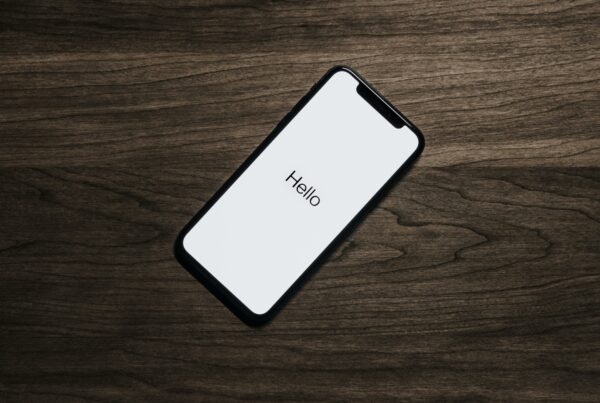According to a survey carried out by Event MB (June 2020), the so-called “new reality” will be hybrid. More than 1.000 event professionals want the future to encompass both virtual and in-person realities. Let’s take a look at the facts to better understand this willingness.
Virtual & hybrid events are on the rise and are here to stay. But hosting an event 100% online won’t be able to replace live or hybrid events, yet. Don’t forget that live events are still one of the most powerful ways to generate and convert qualified leads, through event lead capture technology. The Lead Generation Institute states in a report that, between 2017 and 2018, 87% of C-level executives were planning to invest more on live events in the future. That said, will the future of events be phygital instead?
Another relevant finding is that around 84% of participants attending a live event said that they have a more positive opinion of a brand or a product after attending an event of this type. This could be a great indicator on how good live events can be to generate valuable leads.
Upcoming Opportunities & Challenges
In fact, any of the new trends of digital transformation in events could work in your advantage or against you, depending on the focus of your company and your flexibility to adapt.
1. New regulations
We all generally hate new regulations, because we have to adapt our operations and activities to new standards. However, they could bring an opportunity for local suppliers, since it will be almost impossible for a global agency to follow all the regulations that – get this – come often in different languages, at different times and sometimes in a contradictory way.
2. Digitalization
Companies that already had a digital mindset before COVID-19 are doing great, because they don´t stop putting together virtual events for their clients. They already had the experience. On the other hand, others are struggling because they were in their comfort zone, and now they’ve been forced to disrupt towards digital.
Get a 15 min demo and find out how to be the disruptive and not the disrupted.
3. Budget constraints
Generally speaking, we could say that if your clients are having budget constraints, you’ll also suffer. But if you’re a very competitive company in terms of pricing, you’ll still be able to offer your services with very little change.
4. Cybersecurity
If we’re moving events online, we’re also moving some very interesting information for hackers. The more details we hold, the more valuable it’s going to be to the dark web. So, it’s crucial that we get the right technology partner, not only to make sure the platform we’re using is secure, but also to help us with the networks, end-points, and so on, that will be used to run the show and for participants to connect to the Wi-Fi. So, events suppliers will have a big responsibility, because companies can’t lose their value in the stock market because of a cyberattack.
Cybersecurity isn’t a luxury, it’s a must-have and should be part of our Health & Safety plans.
5. Mixed reality leads to mixed experiences
We’re seeing events in the mid-term will be omnichannel, so it could happen that a physical attendee is also virtual at the same time. How? For example, by interacting online with an industry colleague using an app or by having a coffee in an event coffee break while watching a live streaming session from inside a ballroom.
The spectrum of experiences could be very diverse even if somebody is physically attending an event. There’s a world of options in the middle! We just need to know how to design hybrid events with the right technology to support it.
6. Environment
Natural disasters will continue to happen more frequently and at a larger scale, so it’s likely that hybrid and virtual settings will also play an important role here to mitigate potential risks. For an in-person event of international scale, the carbon impact tends to be a minimum of a thousand kilograms of climate pollution per person, while online formats can be under 10 kilograms per person. That’s why hybrid events will be crucial for large conferences, where international flights are required and it’s very likely it will be a trend to reduce the number of participants by almost half. As a counterpart, reports & analytics will gain more importance, since quality matters more than quantity. It will be even more relevant to monitor visitors activity and analyze data generated out of visitors interactions.
7. The next generation of wireless network technology is 5G
The whole world expects 5G and above networks to change the way people live, by improving connectivity towards stability and speed. Considering that smartphones are turning into an extension of ourselves, it wouldn’t be weird to think of visitors’ smartphones as an extension of our event hardware. The purpose is to interact with participants in a more relevant way, that will help not only to generate much more data in a faster way, but also to bring a better experience overall and to set the stone for a broader use of virtual reality (VR), augmented reality (AR) and artificial intelligence (AI) at events.








